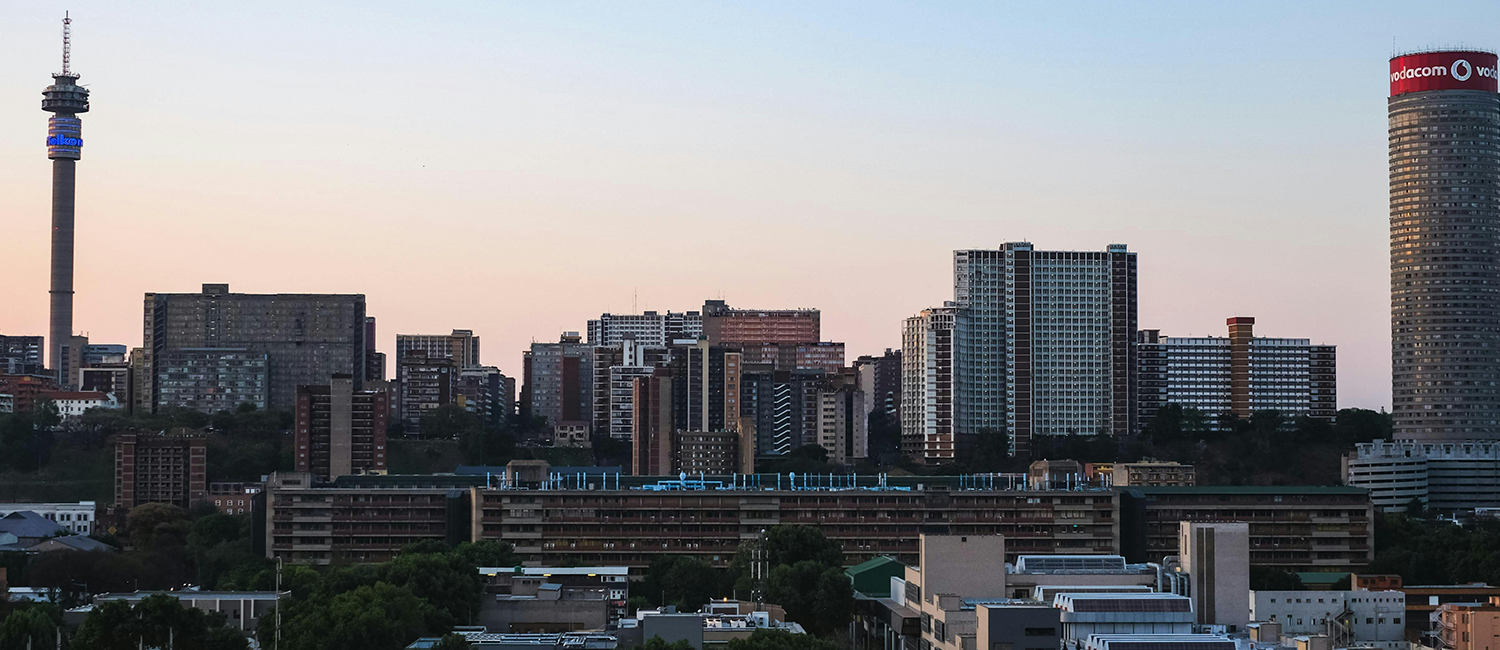Work will start soon on a pedestrian and cycling bridge that has been planned to cross the M1 highway. Called the Great Walk, it refers to the thousands of people who walk between the two Joburg regions each day. It is expected to be completed in 2017.
alex 300A street in Alex. Photo courtesy of joburg.org.zaThe Great Bridge, a Johannesburg Development Agency project, will offer a quick route for pedestrians and cyclists to move between Alexandra and Sandton.
Work is expected to start soon on the bridge, which will link Alex and Sandton across the busy M1 highway. Completion is scheduled for 2017, when users will be able to access the bridge at No 3 Square in Alexandra and walk or cycle across the highway to Linden Street in Sandton.
It has been called the Great Walk in reference to the fact that an average of 10 000 Alex residents walk or cycle the roughly 5km distance between the two regions each day. The City hopes that it will promote the growth of a spatially integrated Johannesburg, as well as encourage a move towards non-motorised forms of transport.
New pavements and dedicated cycle lanes are being constructed on Alex’s Alfred Nzo Street, which will link to the bridge from No 3 Square. The upgrade would include street furniture, better lighting and traffic calming measures in the adjacent streets, said Christine Walters, the member of the mayoral committee for transport.
It is part of Phase 1C of the Rea Vaya programme, designed to serve the north-east quadrant of the city linking the central business district with Alexandra, Sandton, Randburg, Greenstone, Ivory Park, Rabie Ridge and Midrand.
It will also offer improved linkages to the Gautrain and connect with the Pan African shopping centre on Alex’s Watt Street.
Walters said the Great Walk fitted the City’s Corridors of Freedom master plan. It was designed to undo apartheid spatial planning and improve communities’ access to economic and job opportunities.
The bridge also promoted the complete street concept – a modern global trend in urban design – where the road network and transport systems were regarded as social infrastructure that served the entire community, rather than, predominantly, the private transport user, she added.

